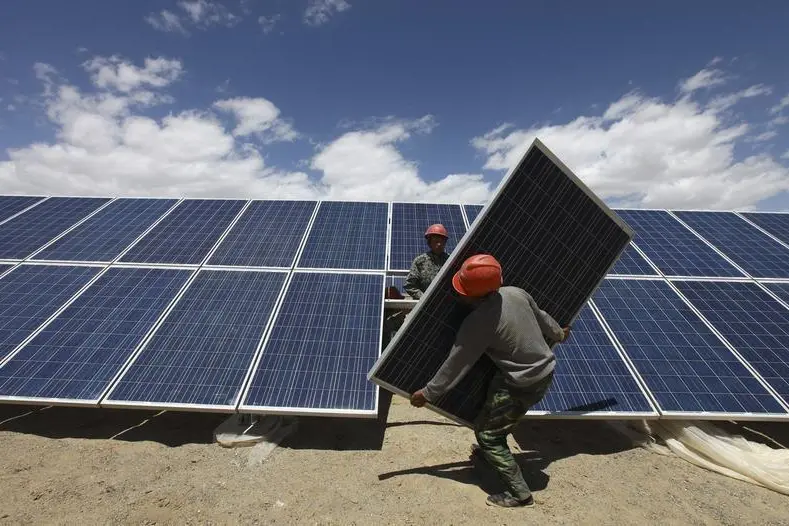Documents released on Monday showed that China Energy Engineering Corp (China Energy) has suggested building a $1 billion floating solar facility with a 1,000-megawatt capacity on Zimbabwe’s Kariba dam.
Due to the underperformance of its outdated coal-fired plants and low water levels that affect the generation from its 1,050 MW hydropower project at Kariba, the southern African nation currently generates less than half of its 1,700 MW electricity demand.
As developers look for ways to avoid utilizing expansive spaces and competing land-use interests, floating solar power stations are emerging as an increasingly appealing option.
According to China Energy’s proposal, which was sent to the government-owned Zimbabwe Power Company and a private group of the nation’s industrial power users, 1.8 million solar panels would be installed at a cost of $987 million.
Read Also: climate-activists-seek-operationalisation-of-loss-and-damage-fund-by-cop28
“The work scope of the project includes the design, procurement, construction, and commissioning of a 1000MW AC floating solar farm and 330kV/33kV booster station,” the document says. It would also include a transmission line from the booster station to a substation in Kariba.
China Energy has recently completed two floating solar projects in China’s Shandong Province and Thailand, according to the documents.
Zimbabwe last week started generating power from the first of its two new China-funded 300MW coal-fired plants at Hwange, but plans to shift to renewable energy sources for its long-term electricity supply.
Last December, the government unveiled incentives meant to help bring 1,100MW solar projects on stream by 2025.
Story adapted from Reuters
